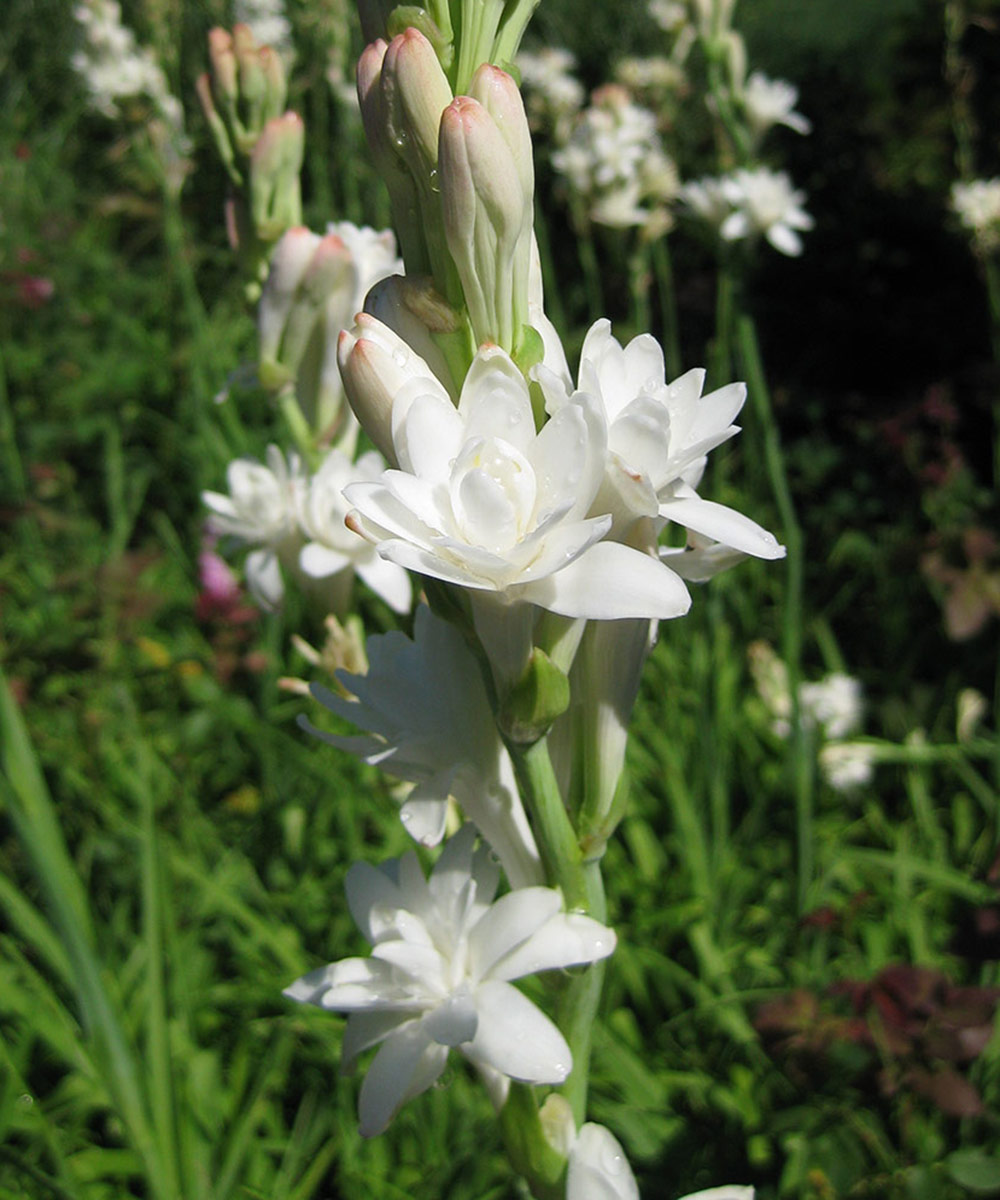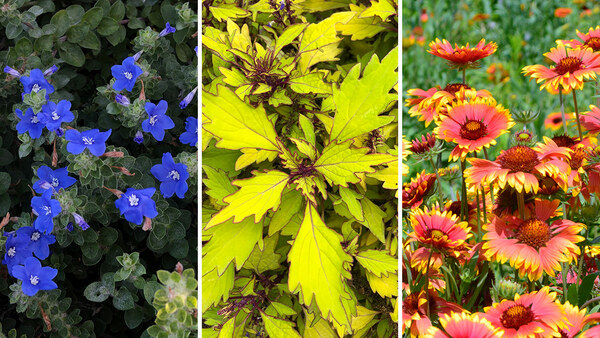
I grew up in the north, where my mother’s garden teemed with the intoxicating aromas of lilacs, sweet peas, and lily of the valley. When I moved to Oklahoma, I left these fragrant favorites behind and began the search for new plants to delight the senses. After trying southern classics like gardenia (Gardenia spp. and cvs., Zones 8–11) and summersweet (Clethera spp. and cvs., Zones 3–9) which don’t much care for the Oklahoma heat, I landed on several plants that fair well across many climates.

Nemesia is an unexpected choice for some winter perfume
(Nemesia spp. and cvs., annual)
Though pansies are the go-to annuals for winter color, their scent is delicate and elusive. A more fragrant option for cool-season blooms is nemesia, a lesser-known winter annual native to South Africa. In northern gardens, nemesia is grown as a spring- and summer-flowering annual, but in the Desert Southwest, they make their debut in winter gardens and containers. The flowers of nemesia come in a wide range of colors. Plants tend to stay on the smaller side in hot climates, growing 12 inches tall and wide. They will suffer when the heat of summer sets in and are best treated as winter annuals only, though they are technically a tender perennial and hardy in Zones 9–11. Plant in full sun and moist, well-draining soil.

Korean spice viburnum exudes a sweet, heady aroma in spring
(Viburnum carlesii, Zones 4–8)
When I design garden beds, I like to incorporate plants that bloom throughout the year. The same is true when planning for fragrance, especially in the areas of the garden where I spend the most time relaxing. In my spring garden, few plants compete with the enticing aroma of Korean spice viburnum. The heady flowers emerge in April in my Zone 7 garden, opening pale pink and fading to white. Autumn brings black berries and burgundy foliage to this captivating shrub. Plants mature to 4 to six 6 tall and wide. Grow in average, well-drained soil in full sun to partial shade. This shrub benefits from afternoon shade in hot gardens.

Tuberose puts out an intense scent in early summer
(Polianthes tuberosa and cvs., Zones 7–10)
Living in a hot climate opened the door for me to try plants that could not survive northern winters. Tuberose is one such plant. This tropical bloomer can be finicky to grow, but the blooms’ intense fragrance makes it well worth the effort. My biggest challenge with growing tuberose is my clay soil—these plants prefer a loose, organically rich, well-drained soil. As such, I’ve found container life to be preferable. Tuberoses thrive in full sun, even in warm climates, but require consistent moisture. Give plants a deep drink one to two times per week for optimal bloom. Come midsummer, plants send up spikes of funnel-shaped flowers above the grasslike leaf blades. Blooms reach a height of 30 inches atop clumps of foliage growing 18 to 24 inches high and wide. In colder regions, the tubers can be dug and stored indoors over the winter.

Chocolate flower provides hints of Hershey bars to the midsummer air
(Berlandiera lyrata, Zones 4–10)
In summer, the unusual aroma of native chocolate flower is quite a delight. Growing in dry, rocky plains, grasslands, and roadsides from southwestern Kansas to Arizona and south to central Mexico, this aster develops a long taproot that gives plants excellent drought tolerance. The flowers smell like chocolate—hence the common name—and are most fragrant on warm days in the morning. Provide full sun and dry to medium well-draining soils. Plants grow 2 feet tall and wide and bloom from spring through frost (year-round in frost-free areas).

Abelia gives off a traditional floral fragrance in fall
(Abelia spp. and cvs., Zones 5–9)
Autumn brings with it a surge of abelia blossoms with their jasmine-like aroma and rich nectaries that attract scores of pollinators. The flowers of these shrubs can be white to pink and even yellow, depending on the cultivar. Blossoms cover the plants from spring to early summer with a repeat bloom in September, when they put on an especially brilliant show. The shrubs mature to 3 to 6 feet tall and wide, with many compact varieties available. Abelia is easy to grow in full sun to partial shade, flowering best with more exposure. It also thrives in any well-draining soil. Established plants are drought tolerant. Abelia is excellent for massing on slopes for erosion control or planting as a natural hedge.
Flowers produce a range of fragrances to attract pollinators like bees and hummingbirds. When you plant these and other sweet or spicy scented blooms in the garden, you will likely attract a variety of pollinators that add to the garden’s delights.
—Kim Toscano is a horticulturalist, entomologist, garden designer, writer, and graphic designer. She previously hosted Oklahoma Gardening, a weekly PBS television program produced by the Oklahoma Cooperative Extension Service.
For more on fragrant plants go here.
Find more information on Southwest gardening here.
Find more fragrant plants:


















Comments
Log in or create an account to post a comment.
Sign up Log in